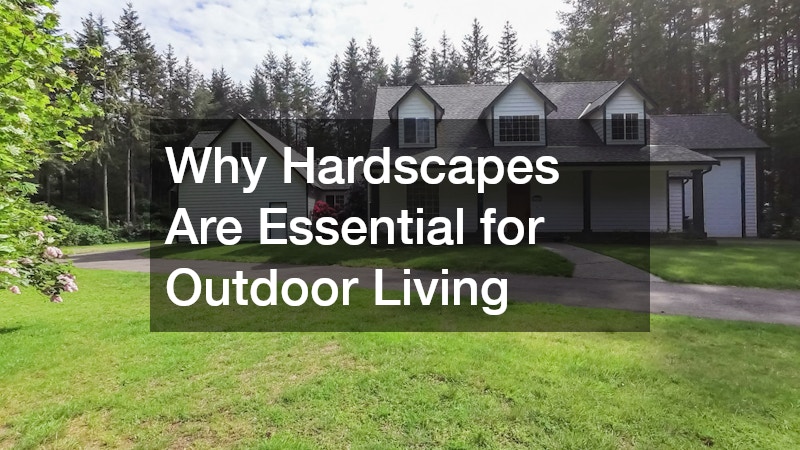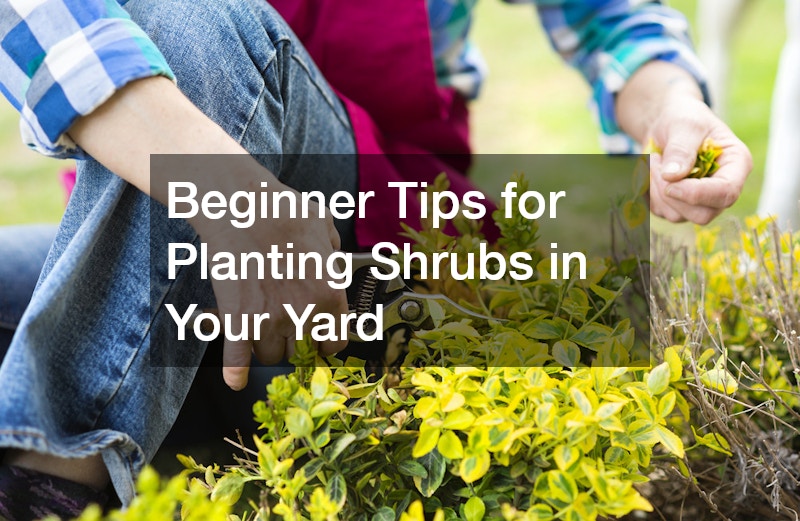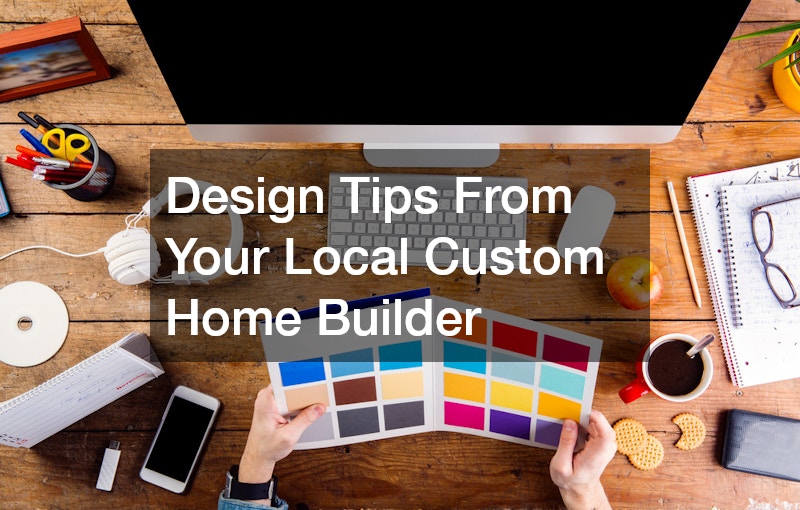Outdoor living has become a fundamental aspect of modern homes, providing the perfect backdrop for leisure, entertainment, and family gatherings. As homeowners increasingly seek to extend their living spaces into the outdoors, the incorporation has garnered considerable attention. These are vital components that enhance the functionality and aesthetic appeal of outdoor areas, creating environments that are not only pleasing to the eye but also durable and functional.
Understanding Structural Elements
Hardscapes refer to the non-living elements of landscaping, including structures like patios, walkways, retaining walls, and outdoor kitchens. Unlike plant life and other softscape elements, typically constructed with concrete, stone, brick, or wood, offering stability and longevity.
These elements serve as the backbone of outdoor spaces and provide the necessary support for various activities.
The beauty of hardscapes is their ability to transform a basic yard into a dynamic living area. By framing softscape features such as gardens and lawns, they create a harmonious balance between natural beauty and constructed elements. This blend also helps in defining specific zones for different purposes, such as dining, lounging, or cooking.
Additionally, these structures offer practical solutions for issues like erosion control and drainage. Retaining walls and permeable pavers, for example, serve functional purposes while enhancing visual interest. Their durability makes them ideal for high-traffic areas where grass and other plants might struggle to thrive.
The Aesthetic and Functional Benefits
Hardscapes significantly enhance the aesthetic appeal of outdoor spaces. Their varied textures and colors add depth and interest to otherwise flat landscapes. By incorporating a range of materials, homeowners can achieve diverse styles from rustic to contemporary.
Functionally, these structures are indispensable in ensuring outdoor areas remain usable throughout the year. They provide sturdy surfaces that can withstand weather conditions, allowing homeowners to utilize their outdoor spaces regardless of the season. This all-season usability makes hardscapes a worthwhile investment for anyone looking to maximize their property’s potential.
When designed thoughtfully, these structures also promote safety and accessibility. Walkways and pathways guide foot traffic and reduce the risk of slips and falls. By leveling different sections of a yard, the structures ensure that all family members, including those with mobility challenges, can enjoy outdoor living spaces seamlessly.
Incorporating into Your Outdoor Design
The first step in integrating hardscapes into your outdoor area is understanding your space’s unique characteristics and requirements. Consulting with a professional landscape architect can provide insights into the best hardscape solutions that align with your vision. Together, you can assess factors like terrain, existing structures, and intended use to create a cohesive plan.
Materials selection plays a crucial role in the success of a hardscape project. Stone offers an organic look, while concrete provides a versatile and cost-effective option. Blending these materials with softscape elements can elevate the design, creating a balanced and welcoming environment.
The Long-Term Value
Investing in hardscapes adds long-term value to a property by increasing curb appeal and marketability. A well-designed outdoor space can significantly boost resale value, offering potential buyers additional living space without major renovations. Hardscapes provide a lasting impression that sets a home apart in competitive real estate markets.
Durability is another aspect where hardscapes excel, making them a cost-effective solution over time. Unlike lawns that require constant maintenance and irrigation, there is minimal upkeep, reducing long-term costs and resource use. This aspect is particularly beneficial in regions prone to water scarcity or extreme weather conditions.
Hardscapes foster a sense of outdoor living that enhances quality of life. They provide a structured framework for family activities and personal relaxation, turning typical backyards into sanctuaries of leisure and productivity. By embracing the versatility of these structures, homeowners can truly embody the concept of indoor-outdoor living seamlessly.
These also play an essential role in transforming outdoor areas into functional, aesthetically pleasing extensions of living spaces. By incorporating elements such as patios, walkways, and retaining walls, homeowners can enjoy durable, low-maintenance environments that enhance both usability and appearance. As outdoor living continues to be a priority for many, the importance is undeniable.
Whether you’re seeking to create distinct zones for family gatherings or simply want to enhance your property’s curb appeal, these structures offer a practical and beautiful solution. Their blend of form and function enables homeowners to maximize the potential of their outdoor environments, turning them into personal havens of comfort and style.
Hardscapes stand as a testament to the blend of craftsmanship and natural beauty that defines modern outdoor living. With thoughtful design and material choice, they can transform ordinary yards into remarkable landscapes that yield long-term satisfaction and enjoyment.



